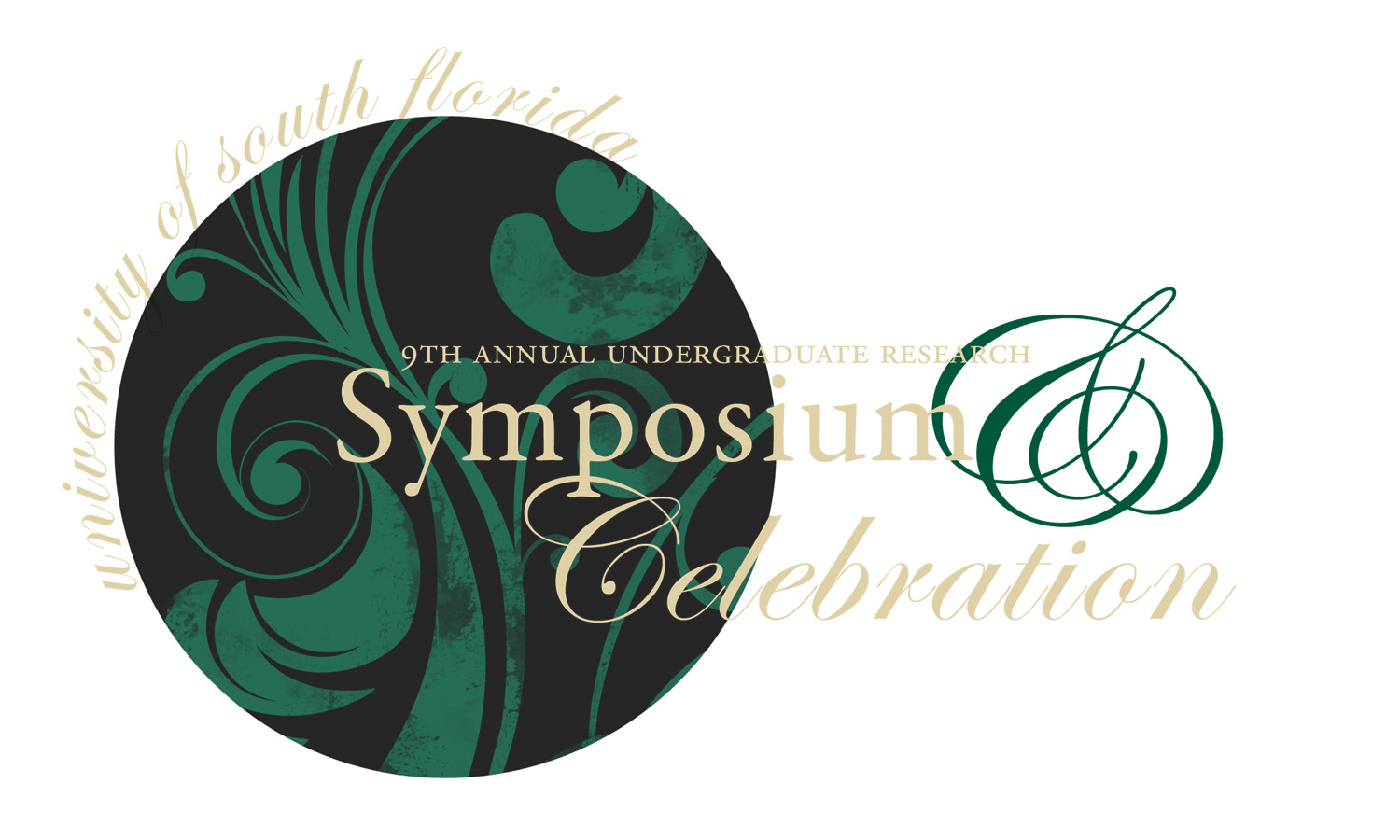Presentation Type
Poster
Minority Political Pathbreakers: Any Commonalities Among These Bold Risk-Takers in a Battleground State?
Abstract
Historically, roadblocks to winning state and national offices have been particularly steep for persons of color, often serving as deterrents to their even contemplating a run for higher office. So what has pushed some to try, successfully, while others have just stood by? This research examines the context in which post-Reconstruction minority path-breakers in Florida made the bold decision to run for state-level posts (legislative seats, executive posts, and state Supreme Court seats) and congressional seats. We analyze personal biographies, published accounts of their electoral contests, and academic writings about the cultural, historical, and legal (structural) settings in which they threw their hats into the ring. Specifically, we analyze the degree to which various factors (historical, cultural, demographic and socioeconomic, structural/legal, political, and biographical) “pushed” them to run. We compare and contrast the trends and common experiences of Hispanics, African-Americans, an Asians. We conclude that the push factors vary by candidate and time period, but that oft-ignored biographical factors are particularly powerful magnets.
Categories
Social Sciences
Research Type
Research Assistant
Mentor Information
Dr. Susan MacManus
Minority Political Pathbreakers: Any Commonalities Among These Bold Risk-Takers in a Battleground State?
Historically, roadblocks to winning state and national offices have been particularly steep for persons of color, often serving as deterrents to their even contemplating a run for higher office. So what has pushed some to try, successfully, while others have just stood by? This research examines the context in which post-Reconstruction minority path-breakers in Florida made the bold decision to run for state-level posts (legislative seats, executive posts, and state Supreme Court seats) and congressional seats. We analyze personal biographies, published accounts of their electoral contests, and academic writings about the cultural, historical, and legal (structural) settings in which they threw their hats into the ring. Specifically, we analyze the degree to which various factors (historical, cultural, demographic and socioeconomic, structural/legal, political, and biographical) “pushed” them to run. We compare and contrast the trends and common experiences of Hispanics, African-Americans, an Asians. We conclude that the push factors vary by candidate and time period, but that oft-ignored biographical factors are particularly powerful magnets.

